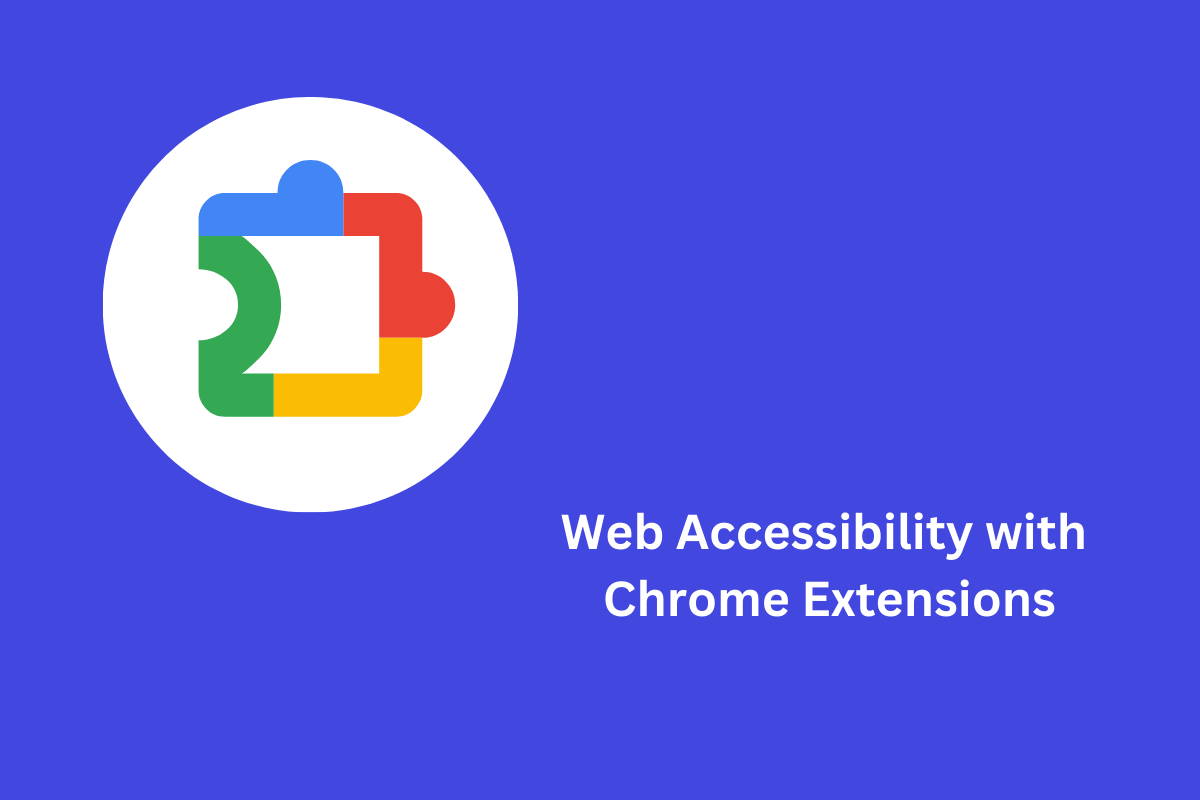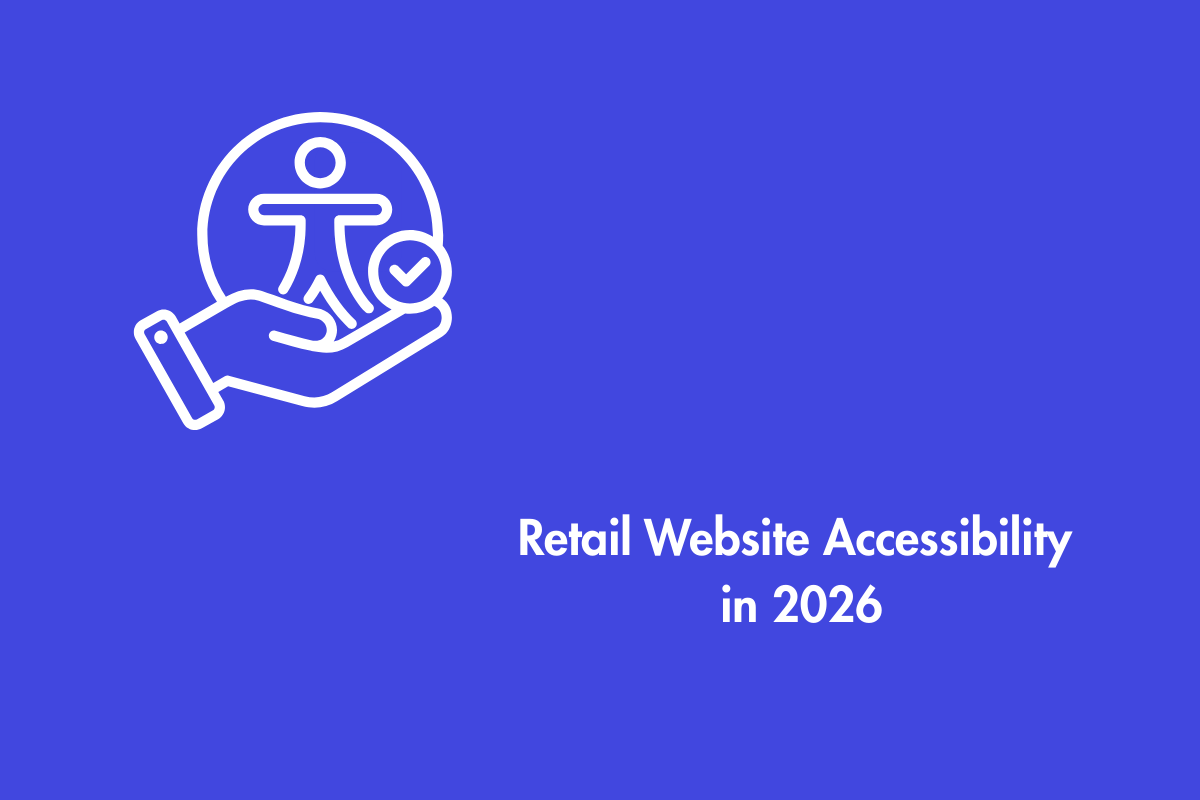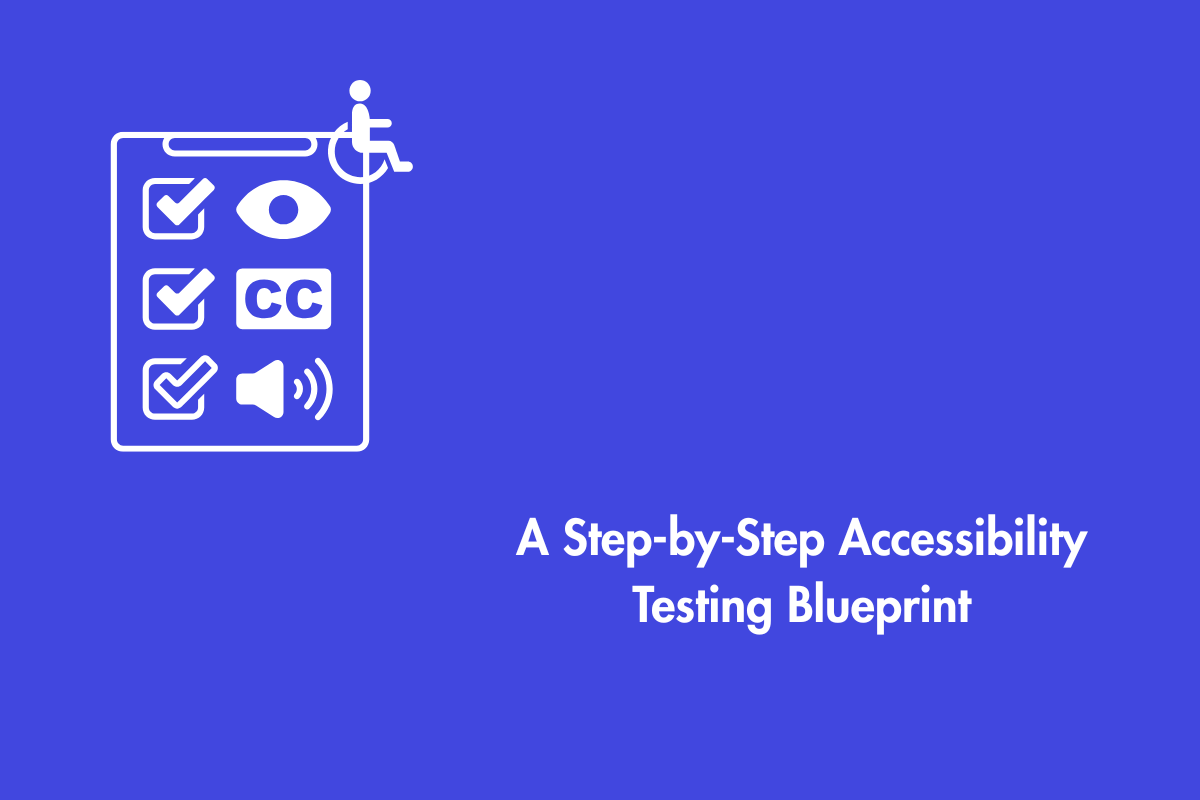Accessibility chrome extensions are important tools for web developers and designers focused on creating inclusive online experiences. They help identify potential challenges that users with disabilities may encounter, making them essential for improving web accessibility.
Table of Contents
What are Accessibility Chrome Extensions?
Accessibility chrome extensions are browser tools designed to help users identify and address accessibility issues on websites. These extensions, such as the Siteimprove Chrome extension, examine web content to identify potential barriers that could impact individuals with disabilities, including those who use the Accessibility Insights for Web Chrome extension or other assistive technologies.
These tools can point out issues such as missing alt text, poor color contrast, and incorrect heading structures. Although they offer useful insights and automate some aspects of accessibility assessments, it’s crucial to pair them with manual testing for a complete understanding of a website’s accessibility.
List of Popular Accessibility Chrome Extensions
To help you understand how accessibility chrome extensions work, here are five common tools you can use.
1. WAVE
The wave accessibility plugin chrome checks your website for issues right from your Chrome browser. It keeps your data private since everything runs locally. The extension can assess intranet, password-protected, dynamically generated, or sensitive web pages.
Using a visual overlay, WAVE highlights problems on your page, allowing you to click on error icons for more details and suggestions on how to fix them.
2. axe DevTools
axe DevTools helps you test your web applications to find and fix common accessibility problems. Similar to WAVE, it runs directly in your Chrome browser and displays results in a list format. You can dig deeper into errors and get suggestions for improving your website’s usability for people with disabilities.
3. Google Lighthouse
Google Lighthouse, an open-source tool that comes as a Chrome extension, can be used to run thorough tests on any web application’s accessibility aspect, even if it is password-protected. This tool can spot issues like missing alt text and proper button names. After scanning, Lighthouse provides a report with easy-to-read results.
4. EqualWeb
The EqualWeb Accessibility Checker reviews your content and assigns a score reflecting its accessibility. It highlights areas with issues and offers suggestions for how to make improvements. This tool tests against WCAG guidelines and other standards like the Americans with Disabilities Act (ADA).
5. LERA
LERA is a free automated accessibility testing and reporting tool. It evaluates your website based on WCAG 2.1 guidelines, identifying violations and suggesting fixes. LERA stands out as the only fully automated extension that provides both accessibility audits and reports at no cost.
6. Accessible Web Helper for Google Chrome
Accessible Web Helper is a robust and free extension designed to assist you in testing your website’s accessibility and color contrast ratios. It visually highlights problematic elements on the page and offers detailed information about specific failures, equipping you with the tools needed to address accessibility challenges on your site. This free Chrome extension can scan webpages according to various WCAG 2.0/2.1 A/AA rulesets and can be utilized behind login forms.
7. BrowserStack Accessibility Toolkit
BrowserStack Accessibility Toolkit is free Chrome extension helps identify accessibility issues in user workflows across websites and apps. It includes three methods for detecting problems:
- Manual Testing: Identifies usability issues with screen readers.
- Semi-Automatic Scanning: Uses the Assisted Test to find advanced issues.
- Automatic Scanning: Employs the Workflow Scanner for static issues.
Additionally, the reporting dashboard serves as a centralized hub for monitoring all accessibility reports generated by the Workflow Scanner, Assisted Test, and Website Scanner. Reports categorize issues according to the violated WCAG guidelines, facilitating the creation of VPAT reports.
8. ARC Toolkit
The ARC Toolkit is a collection of accessibility tools that assists developers in identifying accessibility issues and features related to WCAG 2.0, WCAG 2.1, WCAG 2.2, EN 301 549, and Section 508. It is designed for integration into both automated and manual accessibility tests, working alongside auditors or developers to streamline repetitive tasks and facilitate interactive exploration of accessibility features and issues.
The toolkit integrates seamlessly with Chrome’s Developer Tools and employs the ARC rule set, which is the same set of rules used by default in the ARC platform. This enables developers and quality assurance testers to incorporate ARC testing directly into their development environments and thoroughly investigate any issues identified in ARC scans.
How Do Accessibility Chrome Extensions Work?
Accessibility Chrome extensions scan web pages to identify potential accessibility issues based on established guidelines like WCAG. They analyze various elements, such as alt text, color contrast, and heading structures, providing visual cues or error lists directly within the browser.
Users can then review these findings and receive recommendations for making their content more accessible. Finding an accessibility checker Chrome extension is a straightforward process: one needs to go to the designated accessibility plugin Chrome page and install the plugin.
These Chrome extensions are not built-in like the ChromeVox extension, and they need to be installed separately.
Benefits of Accessibility Chrome Extensions:
- Serve as an excellent initial tool for evaluating accessibility, offering a broad overview of key barriers.
- Enable the use of multiple extensions for more comprehensive insights.
- Generally free and easy to use, allowing for quick audits with immediate feedback.
Limitations of Accessibility Chrome Extensions:
- Limited to certain WCAG criteria, often identifying only a small subset of potential issues.
- Possibility of false positives or negatives, as they cannot evaluate the effectiveness of accessibility features.
- Quality can vary; some tools may be untested or require technical expertise, which could impact site performance.
While Chrome accessibility extensions are useful for initial assessments, they should not be the sole solution. Achieving true digital accessibility requires a comprehensive approach and the right tools, including dedicated accessibility platforms.
How Reliable Are Accessibility Chrome Extensions?
Chrome extensions can be reliable tools if you take the right precautions. Here are some important steps to ensure your safety when using them:
Reviewing Extensions
Google’s Chrome Web Store employs both automated and manual review processes to help ensure that extensions are safe.
However, it’s still wise to be cautious. Look out for red flags, including:
- Unclear Privacy Policies: Extensions should have transparent policies detailing how your data is handled.
- Lack of Reviews or Significant Negative Reviews: If an extension has few reviews or a high proportion of negative feedback, it may be best to avoid it.
- Excessive Permission Requests: Be wary of extensions that ask for more permissions than necessary to function properly.
- Infrequent Updates: Extensions that haven’t been updated recently may pose security risks or lack compatibility with the latest browser features.
Updating Extensions
Regular updates are essential for fixing bugs and enhancing security. Outdated extensions can harbor vulnerabilities that hackers might exploit, making it crucial to keep them current.
Reading the Privacy Policy
Any extension that collects user data must provide a Privacy Policy that you can review before downloading. This document outlines what data is collected, how it’s used, and your rights regarding that data.
Understanding How Your Data is Used
Familiarize yourself with Google Chrome’s User Data Policy to understand how extensions might collect, process, or use your data. This understanding will help you make informed decisions about your online privacy.
While many Chrome extensions are safe, there is always a degree of risk involved. For instance, a legitimate extension could be sold to another publisher who might alter its code and introduce malware. Exercising caution and staying informed is essential for maintaining your online safety.
Accessibility Chrome extensions are useful for detecting issues, but their accuracy varies. They often miss nuanced problems that require human judgment. Because they focus on technical compliance rather than user experience, they shouldn’t be relied upon alone.
Results from different extensions can differ, making it important to compare multiple tools for a more complete view of accessibility issues. Manual testing is also necessary to evaluate aspects like screen reader compatibility and usability, which automated tools may overlook. A combined approach of automated and manual checks ensures a more thorough and inclusive accessibility assessment.
Wrapping Up
In conclusion, while accessibility chrome extensions serve as helpful tools for identifying potential issues, they are not a substitute for comprehensive evaluation. Their varying accuracy and potential gaps highlight the importance of supplementing automated checks with manual audits.
For a comprehensive review, consider a manual audit to ensure your website meets all accessibility standards. This will create a truly inclusive experience for everyone and exemplify your commitment to accessibility.
Curious to explore how AEL Data’s manual accessibility process can streamline your website’s accessibility quotient? Click here to learn more about our innovative tool and ensure your website is accessible to all users!



